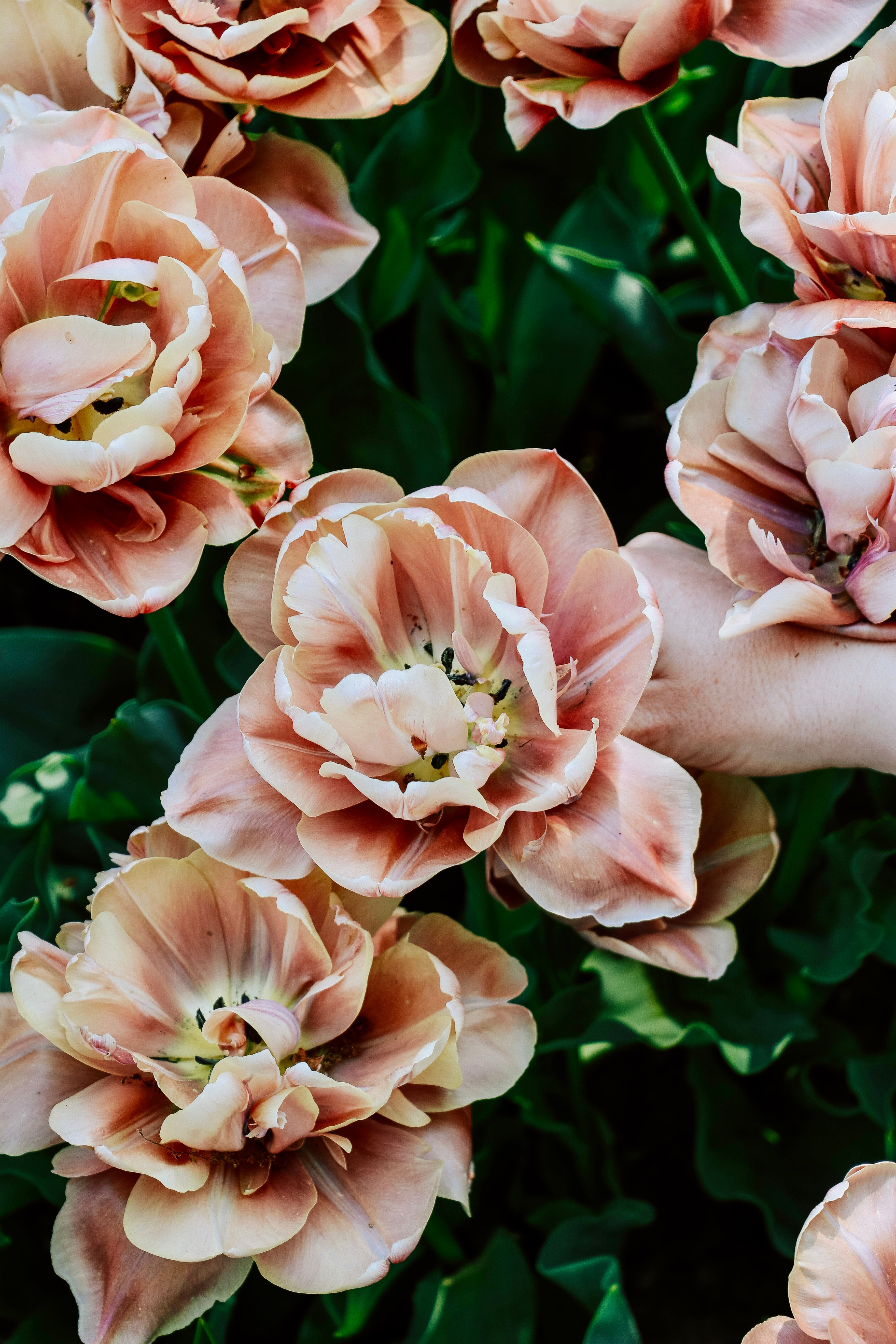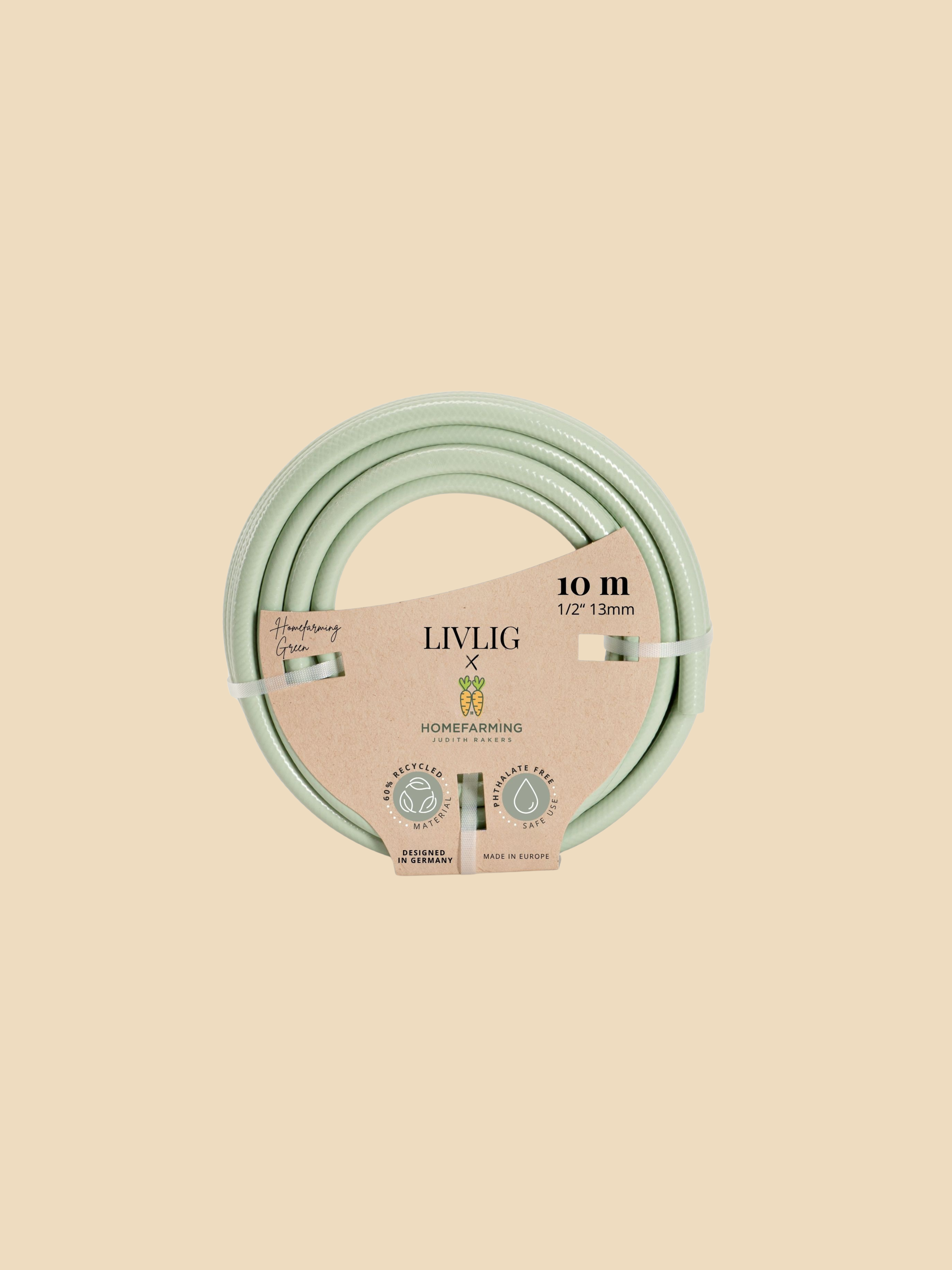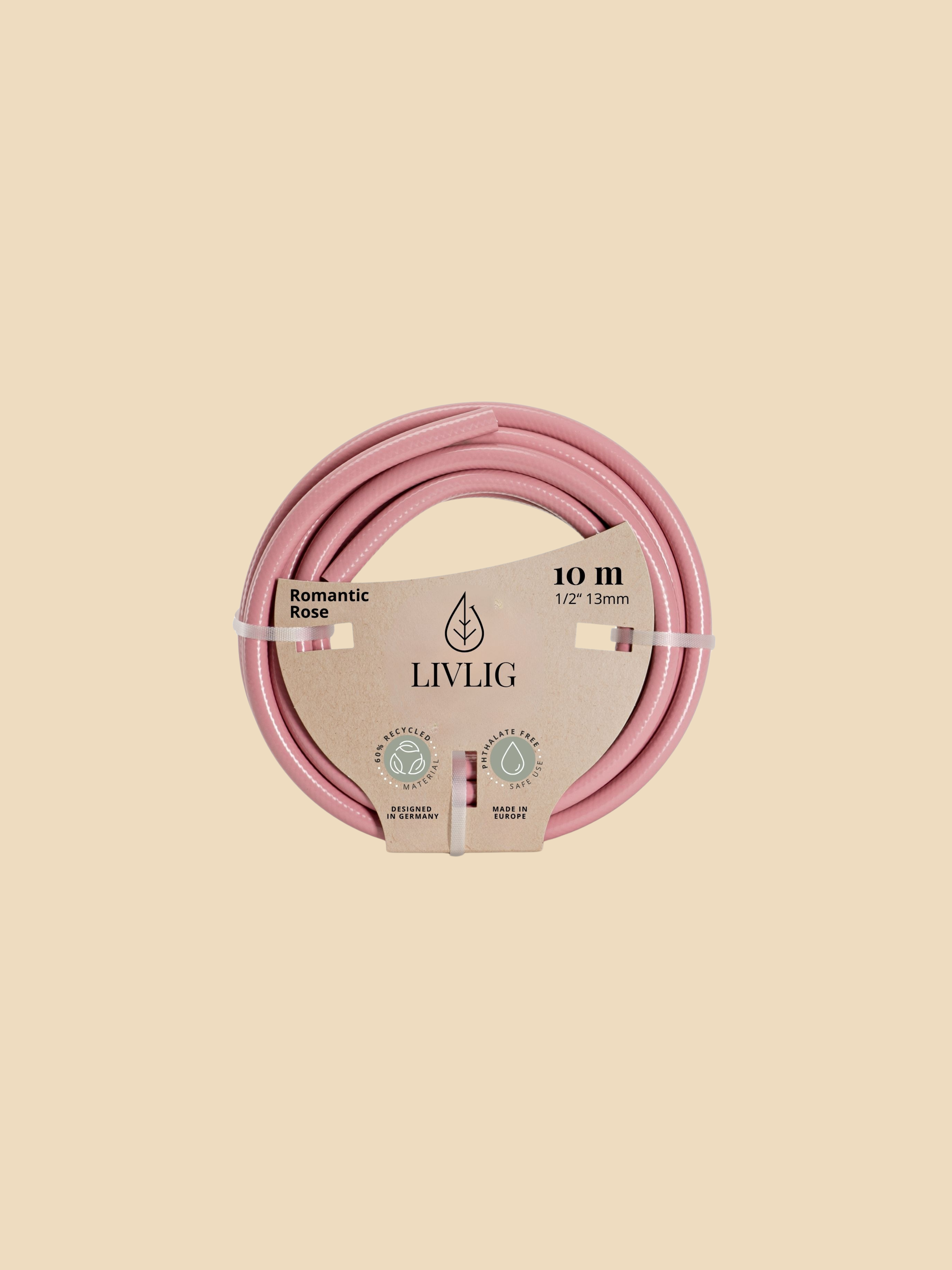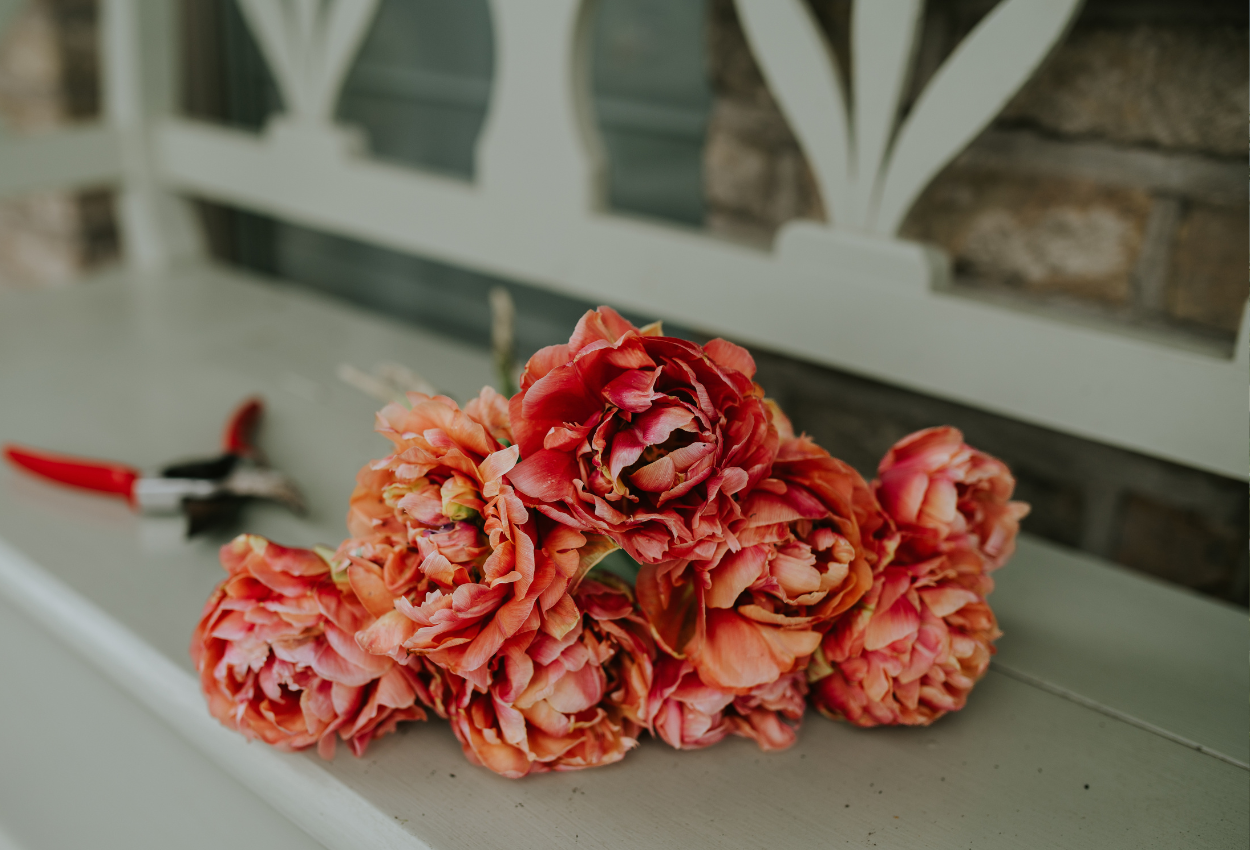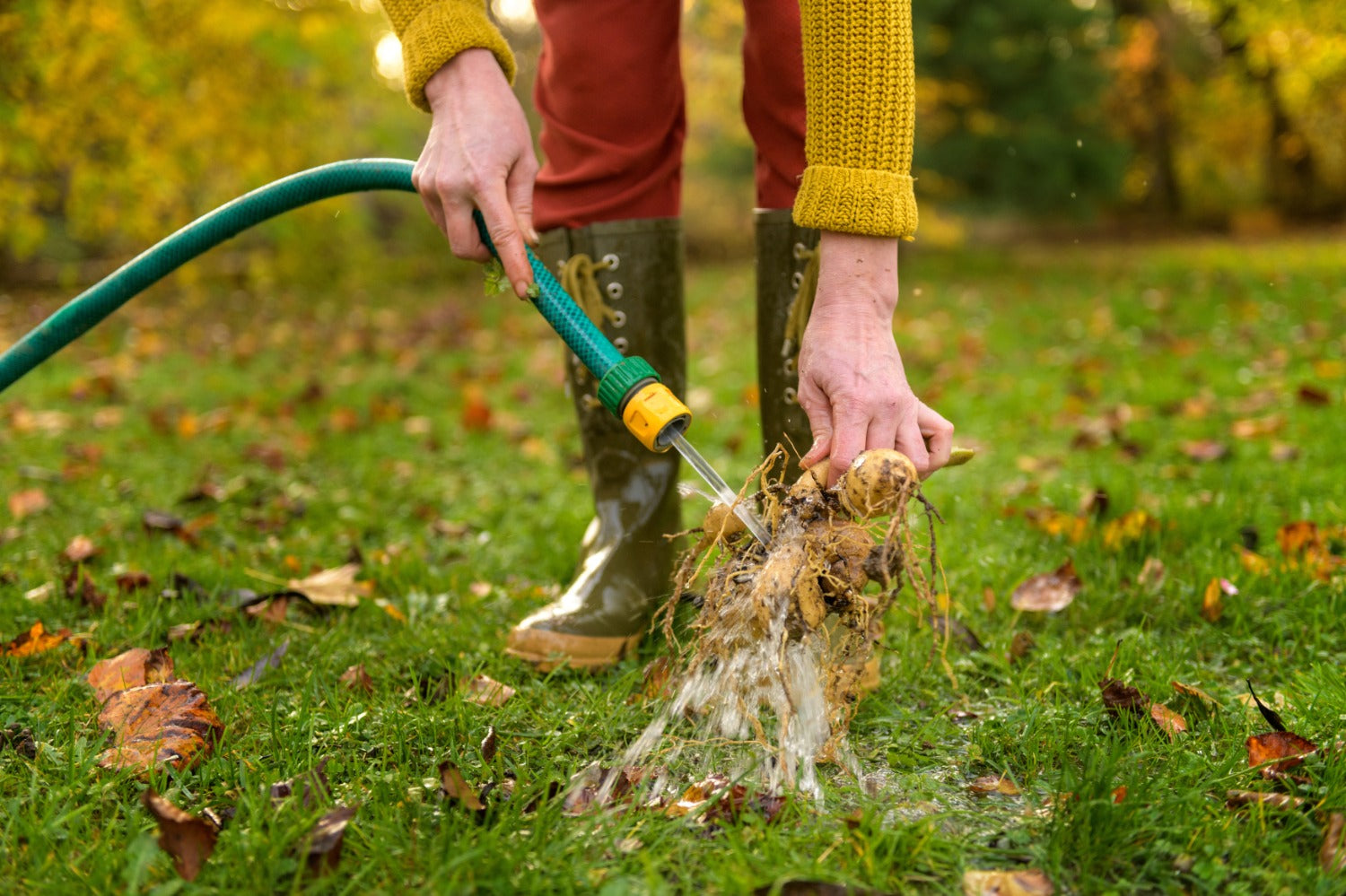For many people, autumn seems like a quiet gardening season: most plants enter winter dormancy and have stopped blooming. But did you know that autumn is the perfect season to add and transplant trees and plants in the garden? Once all the leaves have fallen from the trees, the ideal time has arrived to tackle the larger projects in the garden. In this guide, we provide you with all the information you need to successfully plant a tree in your garden. Because no matter how small or large your garden is, there's always room for a tree.
Planting trees: why is it a good idea?
Adding trees to your garden is best done in the autumn months. The trees are dormant, and their sap flow is halted, allowing you to plant them with peace of mind. Transplanting during this period also means trees or shrubs experience no stress, ensuring a stronger start.
The soil temperature is currently still on the high side, allowing trees to root a bit before winter sets in. In spring, the tree can then start growing immediately. If you plant the tree only in April or May, it actually begins with a growth disadvantage.
How do you choose a tree for your garden?
Which tree or trees you choose naturally depends on the space in the garden, the location, and the soil type. If you have a small garden, opt for a species that doesn't grow too large. This way, you can enjoy your tree without worries. Trees suitable for a small garden:
Amelanchier lamarckii or Juneberry. This multi-stemmed tree boasts beautiful white blossoms in spring, and its leaves turn dark red in the fall. The berries are a treat for birds.
Malus or ornamental apple. The ornamental apple tree blooms in spring with an incredible abundance of blossoms and bears small apples in the fall. They are edible, but since they remain on the tree for a long time, they are the ideal food source for garden birds.
Hamamelis or witch hazel. Strictly speaking, witch hazel is considered a large shrub, but it truly is an asset to any small garden. Its unique winter blooming makes it a wonderful addition to the garden's bloom cycle.
If you have a bit more space, it becomes easier to choose trees. Native trees are a great addition to the local fauna and flora. Consider, for example, the rowan or Sorbus aucuparia, the birch or Betula pendula, the black alder or Alnus glutinosa, or the linden or Tilia cordata.
Even if you have a large garden, be sure to consider the final height and width of the tree to avoid surprises. Don't forget to check the roots underground: some trees don't spread their roots widely, while others extend very far and wide.


Trees always have a preference when it comes to location. One tree might enjoy having its roots in water, while another prefers dry soil. So, always carefully consider your garden's soil type and what the future tree desires. Unfortunately, a tree that craves dryness will never truly thrive next to a pond, where the soil is more moist.
Besides the soil type and location, the number of sun hours is also crucial. Is it a shade-loving tree, or does it prefer to bask in the sun? Finally, keep an eye on the wind direction. Some trees absolutely dislike being in the wind and prefer a more sheltered spot.
Step-by-step guide for planting trees
During the autumn and winter months, bare-root trees are sold. They are often cheaper but need to be planted very quickly. For bare-root trees, it's important to keep the roots moist. If it takes a while before you can plant the tree, heel it in. If you've bought a tree with a root ball, you have a bit more time to plant it.
Dig a planting hole. The hole should be at least one and a half times as wide as the tree's root ball. Ensure the soil is loosened and remove stones and large branches from the ground. Mix the excavated soil with some compost to improve the soil, giving the tree the perfect start. Place the tree in the center of the hole and ensure it's planted just deep enough. Fill the hole with soil and press firmly. Water generously so the soil can settle nicely around all the roots.
Young and newly planted trees need support during the first three years. Provide a tree stake at planting, allowing the roots time to establish. Consider the prevailing wind direction in the garden and place the stake there. For larger trees, feel free to drive in two stakes, one on each side of the tree.
In the first year, trees often need water. It can also be dry during the winter months, so check regularly to provide enough water. Trees prefer a good soak once a week rather than a little every day. This encourages roots to delve deep into the soil in search of water. A mulch layer of compost, leaves, or wood chips can help retain moisture and keep unwanted weeds at bay in the tree's base.
Learn more through our videos
Did you know we also have a well-stocked YouTube channel? With over 450 videos, we have a vast database of information. Be sure to take a look on YouTube and subscribe to stay updated with the latest videos.
In this video, Angelo teaches you all about his five favorite trees in the garden.
When is it best not to plant trees?
The autumn and early winter are generally the ideal times to plant trees. However, if it rains heavily and persistently, it's best to wait. Also, pause planting during severe frost. The ground becomes too hard, making it difficult to dig.


